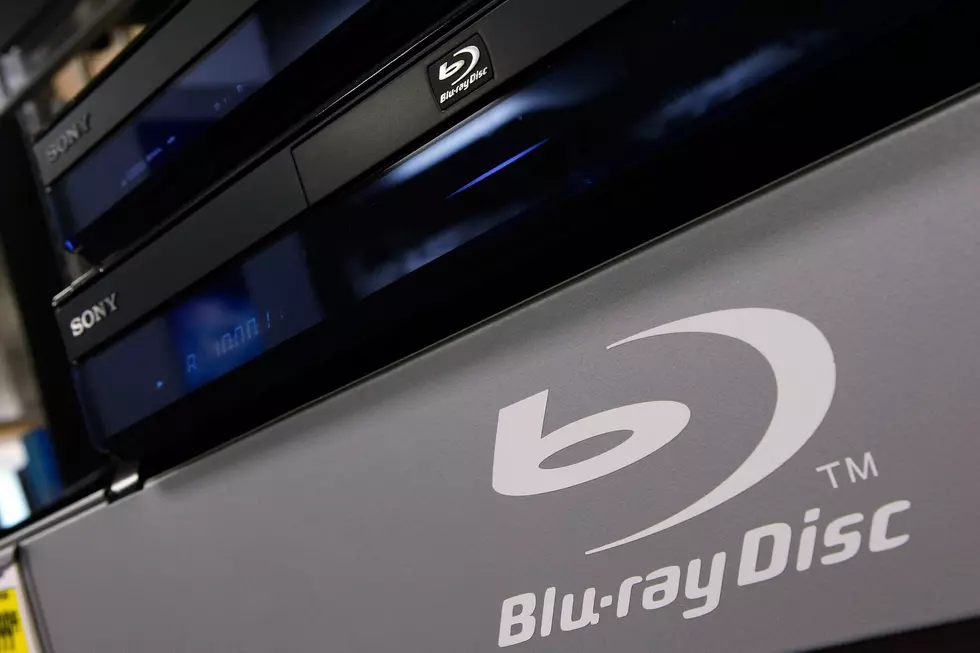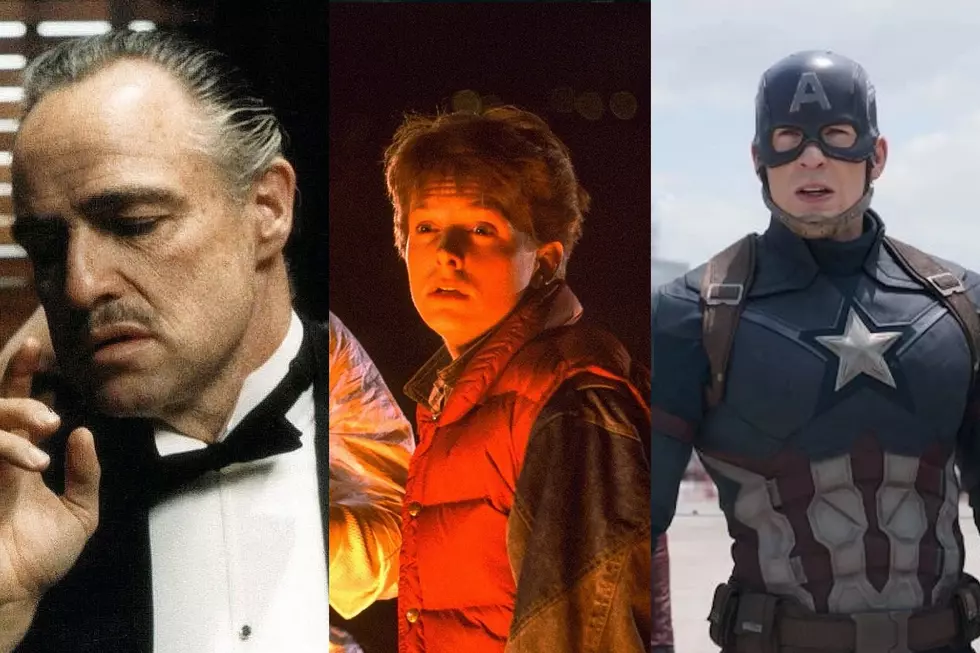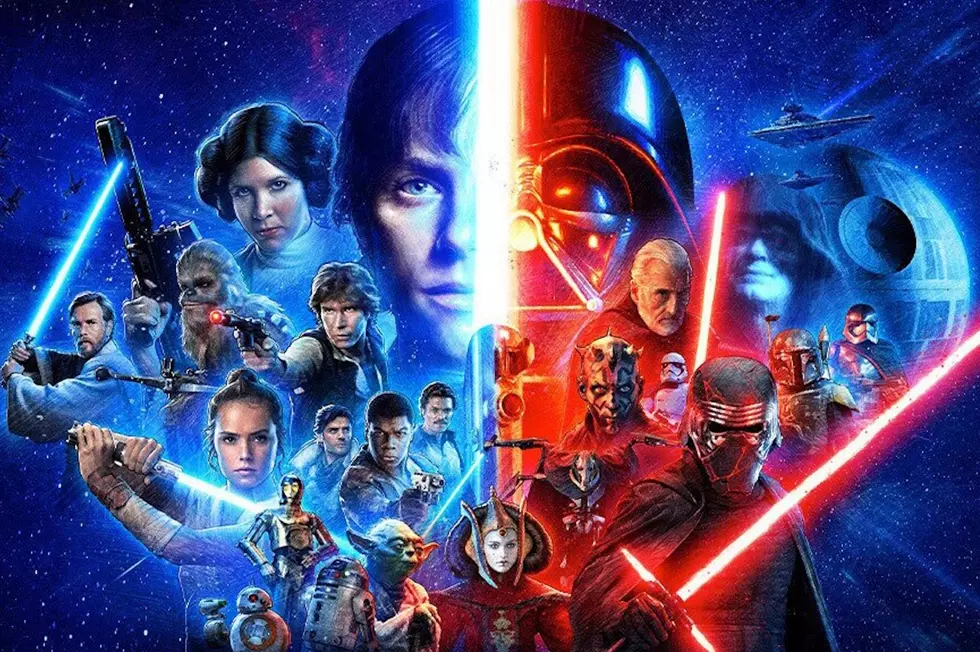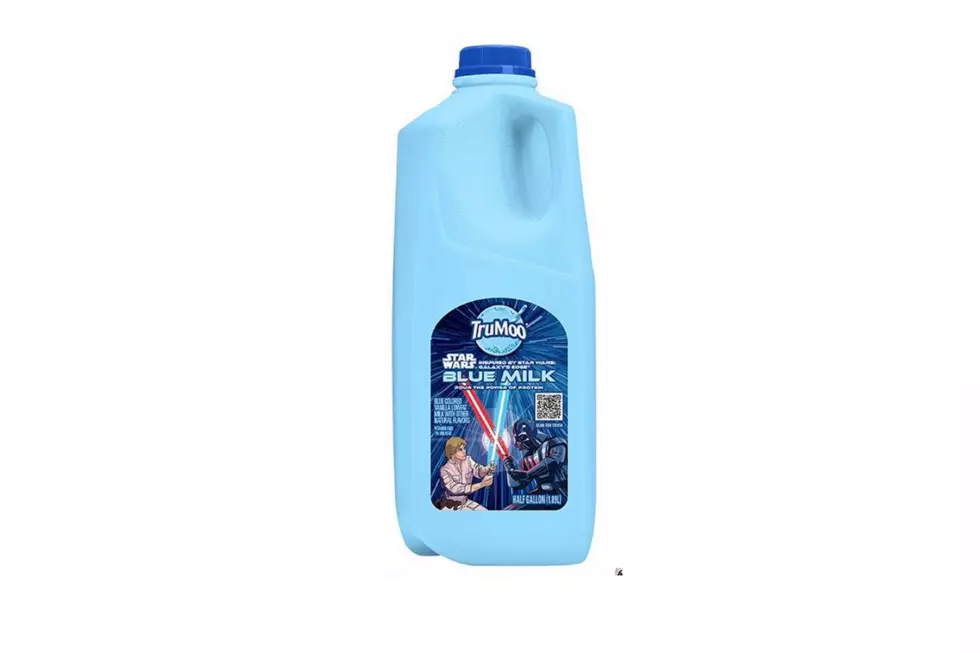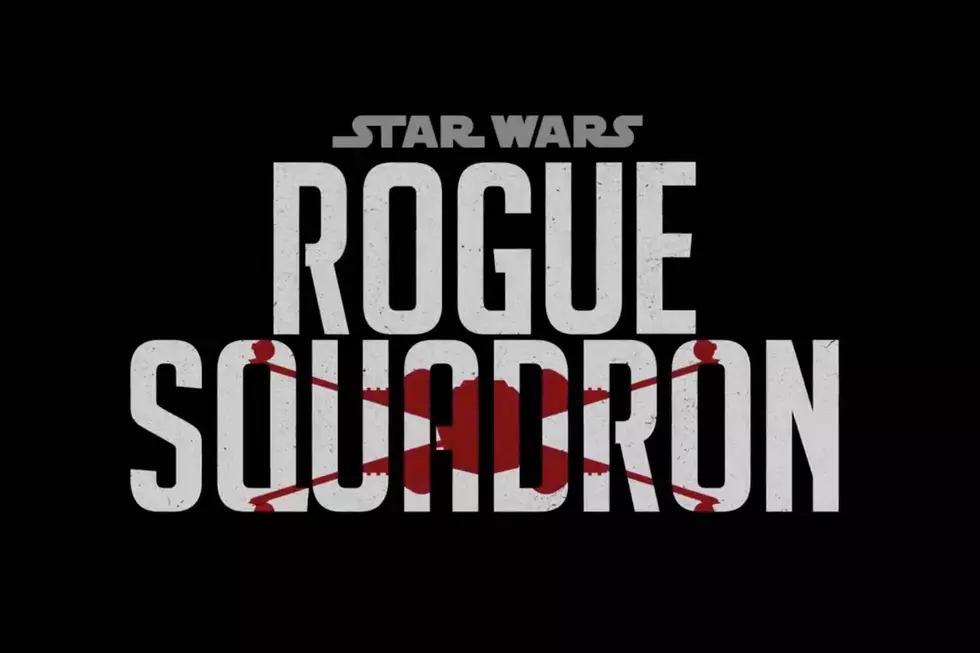
‘The Director and the Jedi’ Shows What We’ve Lost With the Death of Physical Media
Solo: A Star Wars Story doesn’t come out until next month, but odds are the best Star Wars movie of 2018 has already been released.
It’s called The Director and the Jedi, the feature-length making-of documentary about Star Wars: The Last Jedi that comes with the film’s Blu-ray (or Digital HD). It’s a really outstanding movie about how movies are made, and it’s a stark reminder of what’s been lost with the gradual decline in physical media sales.
Ten years ago, The Director and the Jedi would not have felt quite so special. In the 2000s, almost every major Hollywood release got at least one — and, in many cases, multiple — DVDs full of special features like director’s commentary, making-of documentaries, featurettes, deleted scenes, storyboard galleries, and more. In 2007, the top-selling DVD of the year, Pirates of the Caribbean: At World’s End sold 13.7 million copies, and six different titles sold more than 10 million DVDs. In 2017, the top-selling home video title (DVD and Blu-ray combined) was Moana, which moved 4.3 million units. Only six other titles sold more than 3 million discs.
The most important factor in that drop is the rise of streaming and online rental for movies. That kind of instant access, though, has come at a price for fans of supplementary materials. Most streaming services don’t offer special features, and the drop in sales have made them less profitable for the studios. A few boutique Blu-ray labels, like Criterion and Kino Lorber, still produce impressive discs, with commentary tracks and other supplements. But these are all retrospective features, created years or decades after their subjects were produced. In 2018, only the biggest of the big get the sort of all-access DVD/Blu-ray treatment that used to be standard.
Thankfully, Star Wars remains in that “biggest of the big” category. The Last Jedi Blu-ray (and the digital version, which you can access on iTunes, Amazon, and Disney’s Movies Anywhere app) includes a score-only cut of the film, several additional scenes, a commentary track by director Rian Johnson, and the main event, The Director and the Jedi, which follows Johnson and his producer, Ram Bergman, step by step through Episode VIII’s production.
There aren’t necessarily a ton of “secrets” revealed in The Director and the Jedi. It’s not that kind of documentary. You do get a sense of the staggering size of a Star Wars production; dozens of sets, hundreds of crew members, thousands of props and costumes, all of which must be designed, approved, built, maintained, and occasionally schlepped around the globe so they can be used in multiple locations. You also might be surprised by just how many of The Last Jedi’s creatures and aliens were created out of plastic, rubber, and metal instead of CGI. (Those sea cows that Luke milks, for example, were really sitting on those rocks, and really spewing funky liquids which Mark Hamill, trooper than he is, would then chug.)
Still, what’s most notable about The Director and the Jedi is how it is shot and how it looks; less like a standard making-of featurette and more like a modern reality TV series with high-end photography, stolen moments captured on set, and very few talking head interviews. The bottom dropped out of the home video market just as special features were starting to come into their own. As a result, they never given room to evolve beyond formulaic talking-head documentary aesthetics. (There are a few notable exceptions, like the docs about Peter Jackson’s Lord of the Rings.) The Director and the Jedi gives us a glimpse of what these movies could have looked like if studios were still investing their resources in them.
Events are shown rather than explained. One sequence, for example, follows the journey of a roll of exposed film from the set to the laboratory where it’s processed, and then to the editing room, where Johnson begins assembling his first cut of the film. Instead of having a post-production supervisor discuss how hard it is to edit a movie on celluloid, the camera accompanies the film on its circuitous path from camera to Avid, and that says it all.
Even though we know how this is all going to turn out, The Director and the Jedi’s linear story makes for a much more dramatic documentary than a typical behind-the-scene piece. We get to watch Mark Hamill wrestle with Rian Johnson’s vision of Luke Skywalker as a broken man, from his early frustrations to his gradual acceptance and magnificent final performance. (In the scene where Luke looks upon the ruins of his Jedi school, The Director and the Jedi director Anthony Wonke keeps his camera rolling after Johnson calls cut, and we see a devastated Hamill crying his guts out while Johnson tries to comfort him.) We also witness Johnson’s befuddled reaction to learning about Russian bots pushing hard for Domhnall Gleeson’s Hux to survive the film for some reason. (We were all so innocent back in 2016.)
The Last Jedi proved to be a surprisingly controversial movie with Star Wars fans. (Granted, if there’s one thing you can count on Star Wars fans to do, it is to be really upset about whatever is going in Star Wars at any given time no matter what it is.) Part of what I liked about The Director and the Jedi is the way it stripped away all of that external noise and brought The Last Jedi down to Earth; back to a filmmaker and his team working their guts out to create something. The galaxy they’re conjuring is full of magic and fantasy, but they are bound by the rules of our world, where there is no mystical Force assisting their actions. Everything requires an enormous amount of effort. Without supplemental materials to drive the point home, the finished results looks so slick it’s easy to lose sight of that fact.
The Director and the Jedi is available on the Blu-ray and Digital HD versions of Star Wars: The Last Jedi.
More From ScreenCrush
